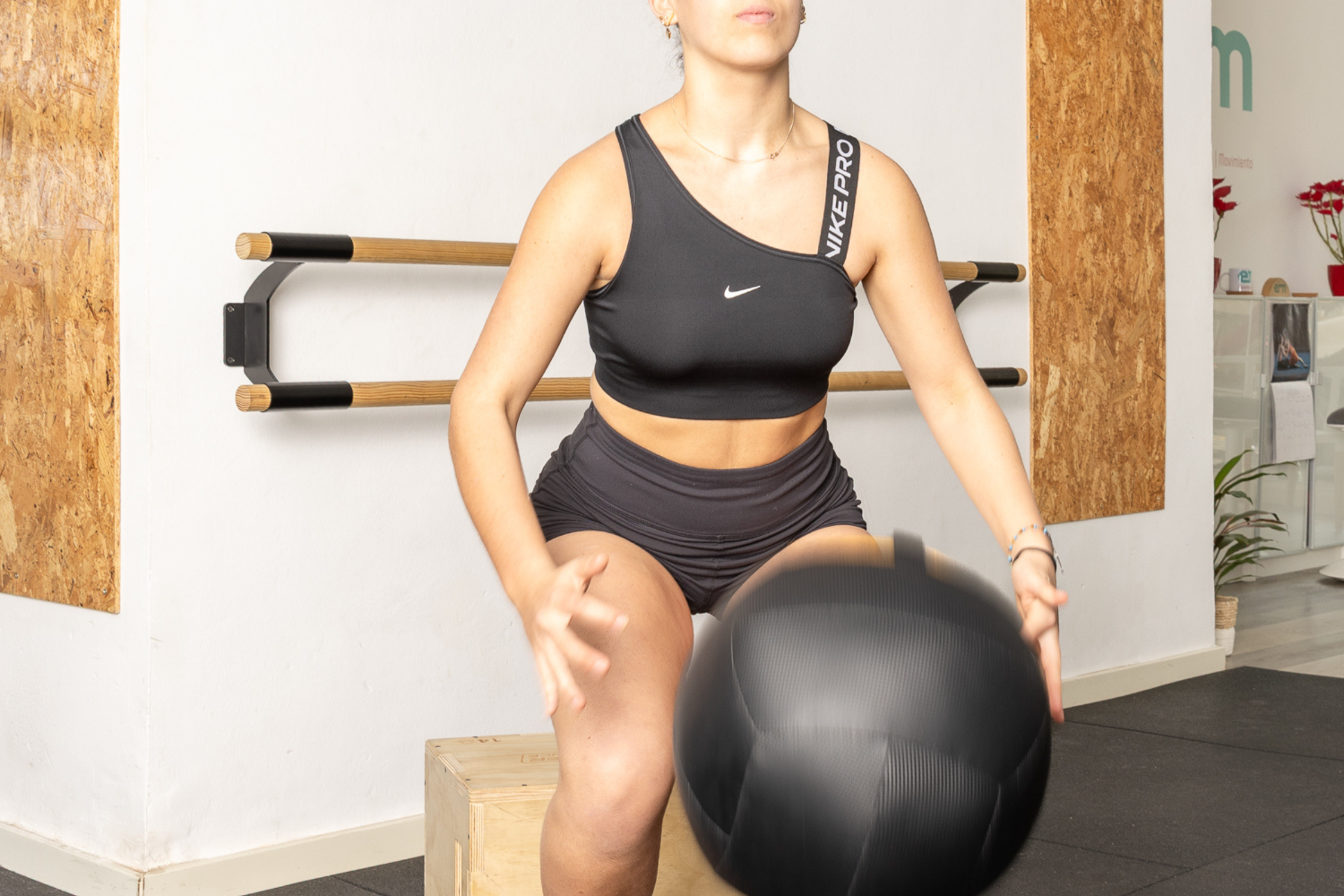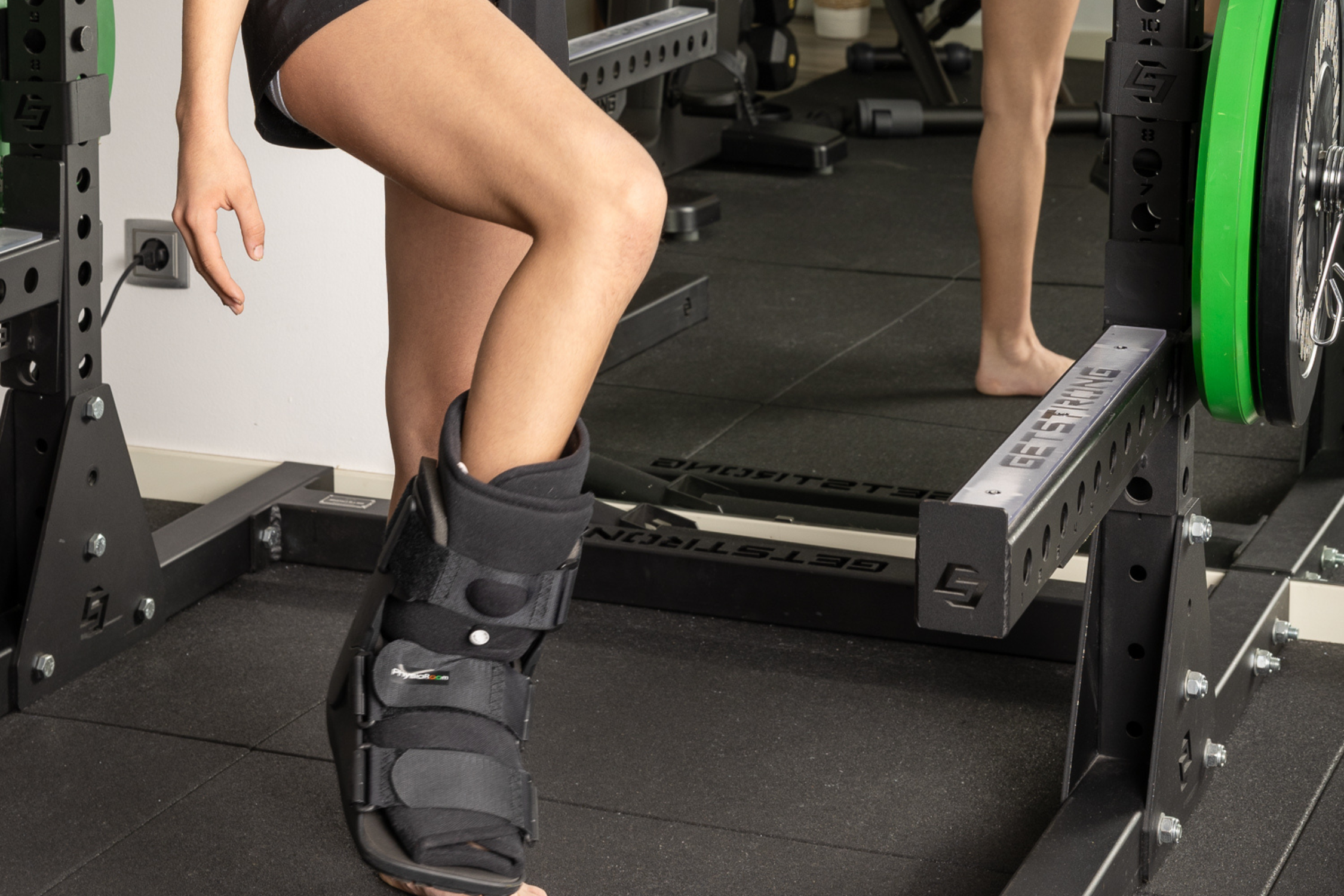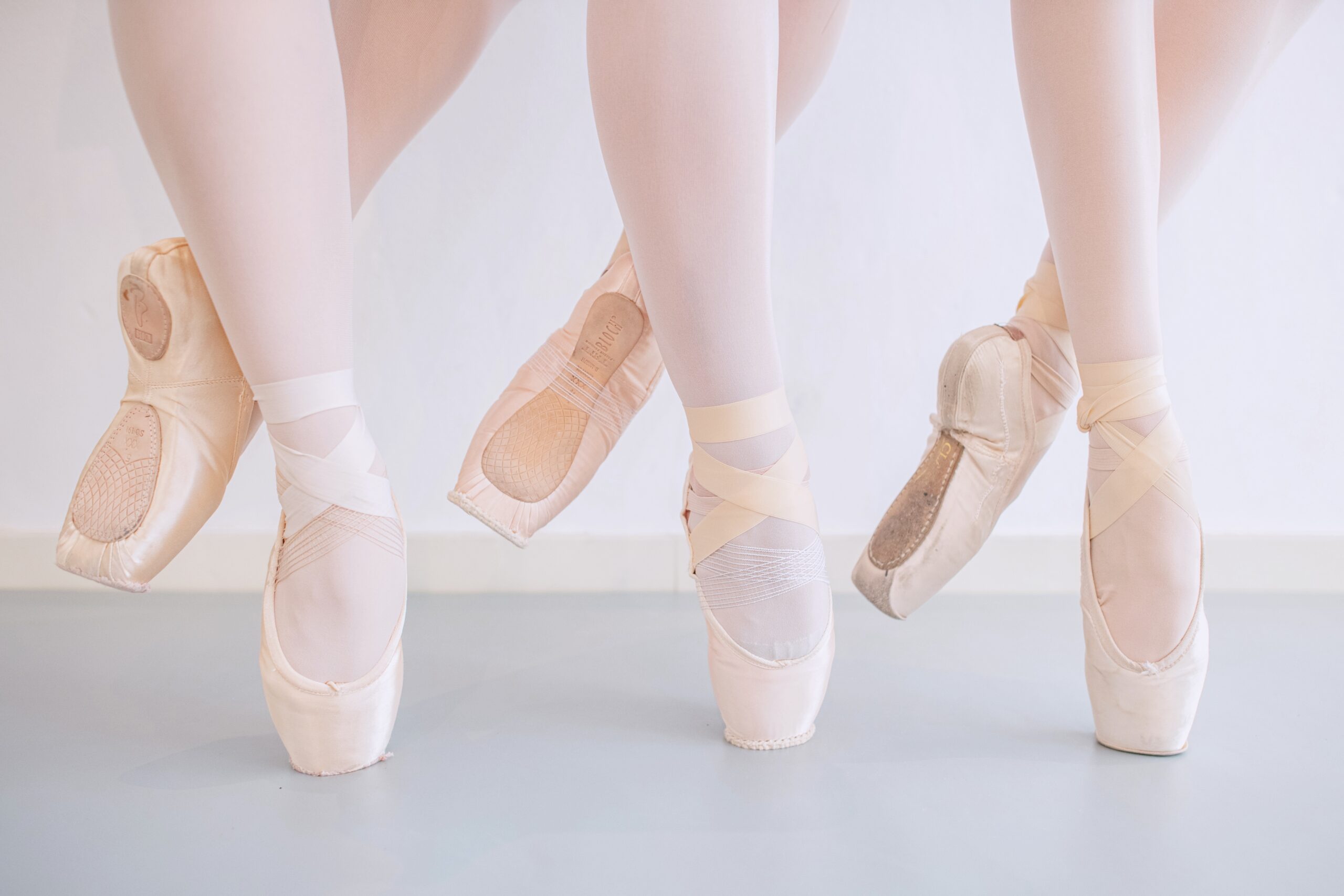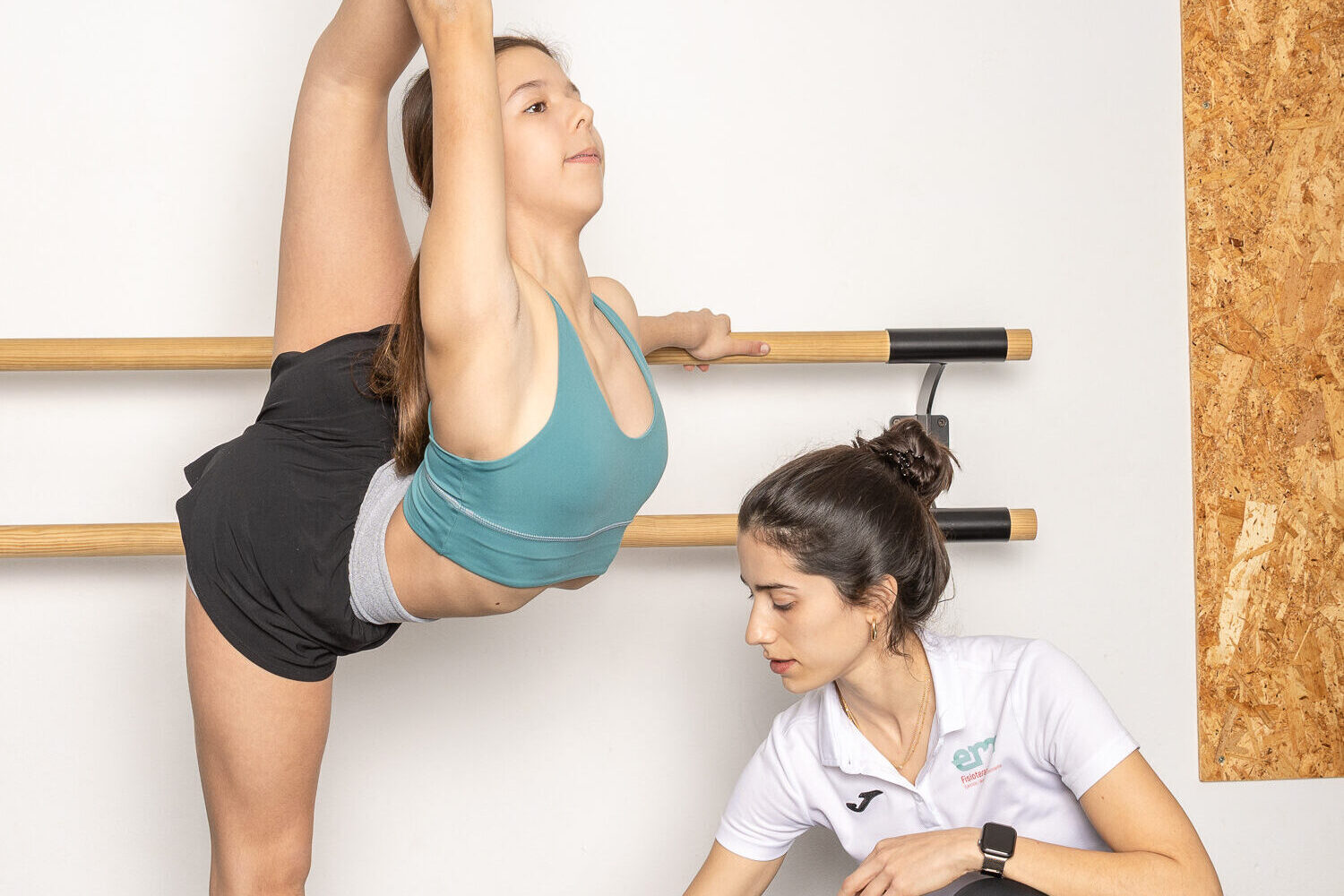Physiotherapy in Artists
Specialists in Dancers and Gymnasts
As a physical therapist and dancer, I know what it's like to live with the pressure of technique and the injuries that can occur. My mission is to help young dancers and gymnasts take care of their bodies, always respecting their limits, so they can continue to enjoy their passion for many years to come. At ERM Physiotherapy, we understand the physical demands of dancers and gymnasts in their quest for technical and artistic perfection. We are here to help you recover safely and effectively, so you can continue to dance and take care of your body, ensuring a long and healthy career.
It is crucial to address these injuries properly, adjusting workloads and respecting recovery times. Inadequate rehabilitation can increase the risk of relapse and lead to long-term pain and frustration for the artist.
Injury characteristics
- Ankle sprains: Common injuries due to repetitive and demanding movements.
- Tendinopathies: Pain in tendons such as Achilles or patellar tendons.
- Hip injuries: "Snapping hip", bursitis or impingement.
- Muscle injuries: Aches and pains due to intensive training without adequate rest.
- Lumbar and cervical pain
- Stress fractures
- Hallux valgus and rigidus
Our Treatment Approach
At ERM Fisioterapia, we treat all types of injuries related to dance and gymnastics, focusing on the following:
Personalized Evaluation
Analysis of the state of your tissues and artistic gesture to design a plan adapted to your needs.
Activity Maintenance
We adapt the activities so that you don't stop your training during recovery.
Injury Prevention
We advise you on the artistic gesture and we suggest exercises to prevent future injuries prevent future injuries, improving your technique and general well-being.
Frequently Asked Questions

It depends on the severity of the injury and the recommendations of your physical therapist. In many cases, physical therapists adapt exercises and can work with you to continue training safely, adjusting activities that could aggravate the injury. If the injury is severe, you may need to rest for a certain amount of time.
If you feel pain during training, it's important to pay attention to it. Occasional discomfort is common, but if the pain is sharp, persistent or worsens over time, it could be a sign of injury. If in doubt, it is advisable to consult a physical therapist to assess your situation and provide guidance on how to proceed.
Physiotherapy not only focuses on injury rehabilitation, but also on correcting technique and sporting gesture. A specialized physiotherapist can analyze your posture and movement patterns during dance practice. He or she will then help you correct any technical deficiencies, such as incorrect posture or inefficient movement, so that you can execute your choreography with greater precision and without risk of injury.
Yes, a physical therapist specializing in dance can work with you on proper alignment of the feet and ankles for ballet pointe use. This includes strengthening the musculature of the feet, ankles and calves, as well as improving the flexibility of tendons and ligaments. It can also help you to avoid excessive fatigue in this area and to improve stability and foot control during pointe work.
It will help you prevent injuries by improving your technique, identifying possible movement misalignments and strengthening areas vulnerable to injury. Through a personalized program of exercises and recommendations on self-care, warm-up and correct technical execution, the physiotherapist will work to help you avoid injury during training.













